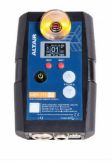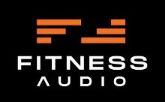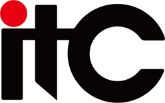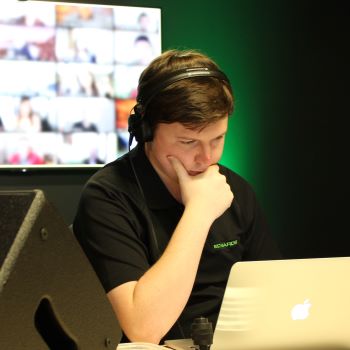Remote Speech Competition
The Race Unity Speech Awards 2020
Now this is streaming...twenty-two competitions, 17 regionals, 1 Auckland regional final, 3 national semi-finals and the national final. 70 students, 70 judges, 22 MCs, 22 timekeepers, 13 regional coordinators joined remotely from their homes from all over New Zealand.
Paddy Payne is the man behind the event. Here he provides some learnings he’s gained from organising his first ever virtual speech competition - in the space of four weeks.
Background to the event
The Race Unity Speech Awards are a platform for senior high school students to express their ideas on how race relations in Aotearoa can be improved, organised by the New Zealand Baha’i Community . The heats were held in April and the national semi-finals and final were held in May. This year due to the Covid-19 lockdown the event was moved entirely online. It involved twenty-two competitions, 17 regionals, 1 Auckland regional final, 3 national semi-finals and the national final. 70 students, 70 judges, 22 MCs, 22 timekeepers, 13 regional coordinators joined remotely from their homes from all over New Zealand. Paddy Payne is the man behind the event. Here he provides some learnings he’s gained from organising his first ever virtual speech competition - in the space of four weeks.
Seek advice from professionals
We had used Edwards for the physical national final last year and called them for input on how to run the event virtually. We had some ideas about what we wanted to do but didn’t know if it would be feasible or not. Edwards quickly understood what we wanted to achieve and provided advice on what would be the most cost effective way to deliver the regional heats and the national finals. We used Zoom for all of the events, regional and national. For the regionals, we had an unlisted YouTube stream. For the nationals we had public streams to YouTube and Facebook Live
Use experienced technicians to run the show
As an organiser the heats were very intense, probably the most intense thing I ever had to run in my life. We held four heats per night, running two at 5.30pm and two at 7.30pm. Luckily we had two experienced technicians working parallel on the live streams, meaning that I could concentrate on organising the judges, MC’s, students and timekeepers. The technicians made sure that people were using the mute button, encouraged people to clap and tried as much as we were able to simulate the real thing.
Learn from every event
The heats were only livestreamed to a restricted audience as we had not had time to organise consents from students, parents and schools. We rapidly put a consent process in place in order that we could livestream the finals to the public. This put us in the fortunate position where we could survey those involved in the heats, and use that feedback to inform how we structured the finals.
Key learnings included people wanting the opportunity to connect socially, as we would in a physical event; avoiding awkward silences, for example the quiet before a heat started; keeping to a strict timeframe; and making sure that there is a defined goodbye after the event. There was also the occasional inappropriate comment that was picked up on the mic. These are all things that you can work with your audio-visual partner to troubleshoot.
There were also understandably concerns over the amount of pre-event communication. Because we were organising this over a very short period of time, we were sending a lot of emails to people prior to the event as things were constantly in flux. Again, this can potentially be streamlined with your audio-visual partner.
Hold ‘dress rehearsals’
We had twenty two national semi-finalists so we gave each with of them a fifteen minute time slot for a ‘dress rehearsal’ where they could run through their whole speech. This was definitely a positive of holding the event virtually as the students could practice giving their entire 8-minute long speech, and Speech New Zealand, one of our sponsors, was able to review the recordings and give feedback on presentation and style prior to the semi-finals.
Allow for the human factor
The finals were a great success. Where there were issues they weren’t technical but human – people not turning up on time or not reading the instructions properly. You still have to factor in the same things that happen at face to face events too!
Above all, choose the right professional partner
We didn’t have a moment to spare organising these events. Without a partner who was easy to work with and understood what we were trying to do, we would not have been able to deliver the events.
Edwards was fantastic. This was a new experience for both us and for them too. They may have streamed events before but not a speech competition! I really appreciated their honesty. If they didn’t know something they didn’t try and pull the wool over our eyes, they went away and found out what we needed to know. They also had the perfect balance between the management and the technical crew. The account manager was comfortable with us dealing directly with the technicians, and wasn’t trying to be across everything. And the technicians were accommodating and flexible, arranging things for us at really short notice.
Watch Paddy talking about the role Edwards played:
Thanks to the New Zealand Baha’i Community for sharing their experiences with us .
Watch the event at youtube.com/raceunity























































